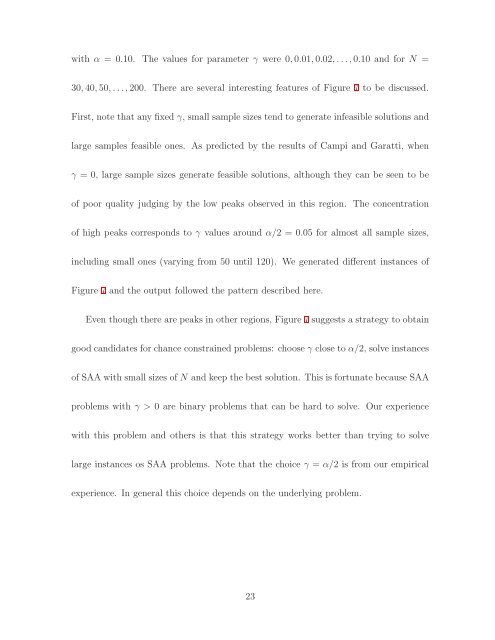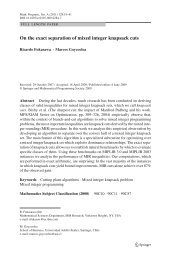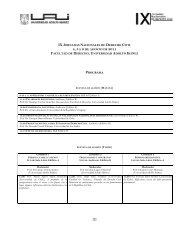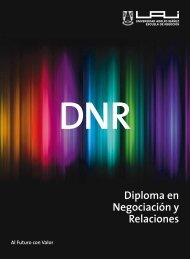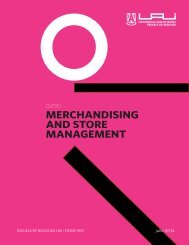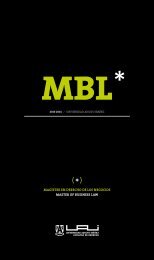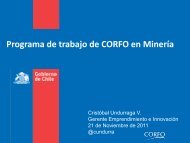Sample Average Approximation Method for Chance Constrained ...
Sample Average Approximation Method for Chance Constrained ...
Sample Average Approximation Method for Chance Constrained ...
- No tags were found...
Create successful ePaper yourself
Turn your PDF publications into a flip-book with our unique Google optimized e-Paper software.
with α = 0.10. The values <strong>for</strong> parameter γ were 0, 0.01, 0.02, . . ., 0.10 and <strong>for</strong> N =30, 40, 50, . . ., 200. There are several interesting features of Figure 7 to be discussed.First, note that any fixed γ, small sample sizes tend to generate infeasible solutions andlarge samples feasible ones. As predicted by the results of Campi and Garatti, whenγ = 0, large sample sizes generate feasible solutions, although they can be seen to beof poor quality judging by the low peaks observed in this region. The concentrationof high peaks corresponds to γ values around α/2 = 0.05 <strong>for</strong> almost all sample sizes,including small ones (varying from 50 until 120). We generated different instances ofFigure 7 and the output followed the pattern described here.Even though there are peaks in other regions, Figure 7 suggests a strategy to obtaingood candidates <strong>for</strong> chance constrained problems: choose γ close to α/2, solve instancesof SAA with small sizes of N and keep the best solution. This is <strong>for</strong>tunate because SAAproblems with γ > 0 are binary problems that can be hard to solve. Our experiencewith this problem and others is that this strategy works better than trying to solvelarge instances os SAA problems. Note that the choice γ = α/2 is from our empiricalexperience. In general this choice depends on the underlying problem.23


